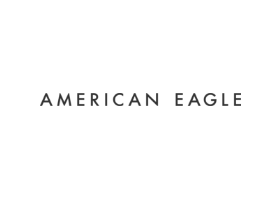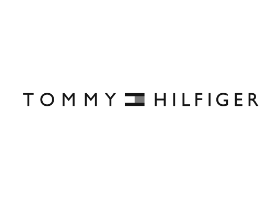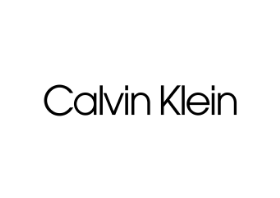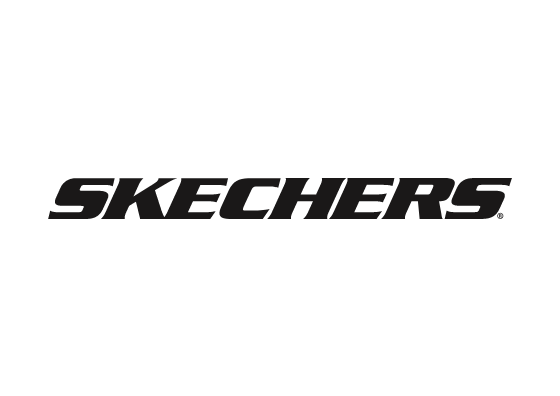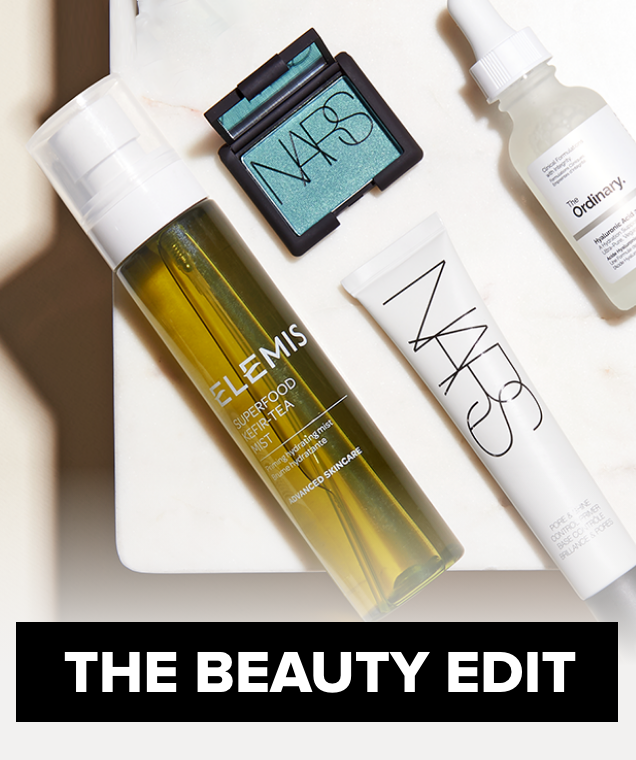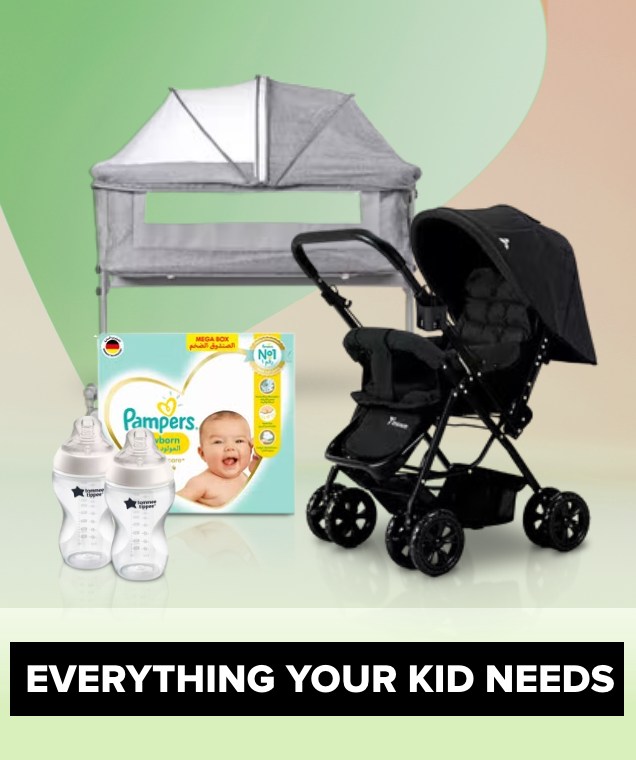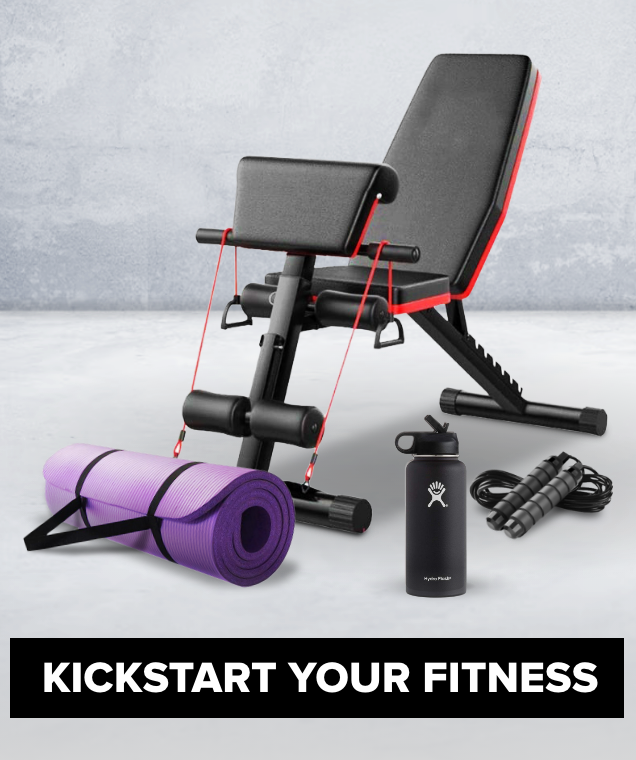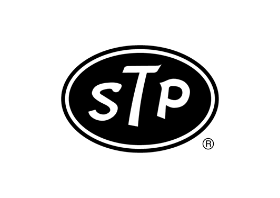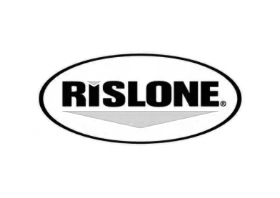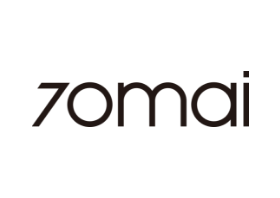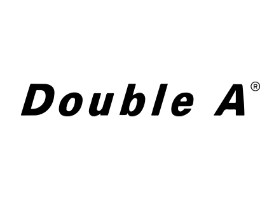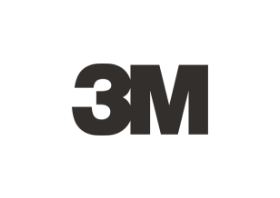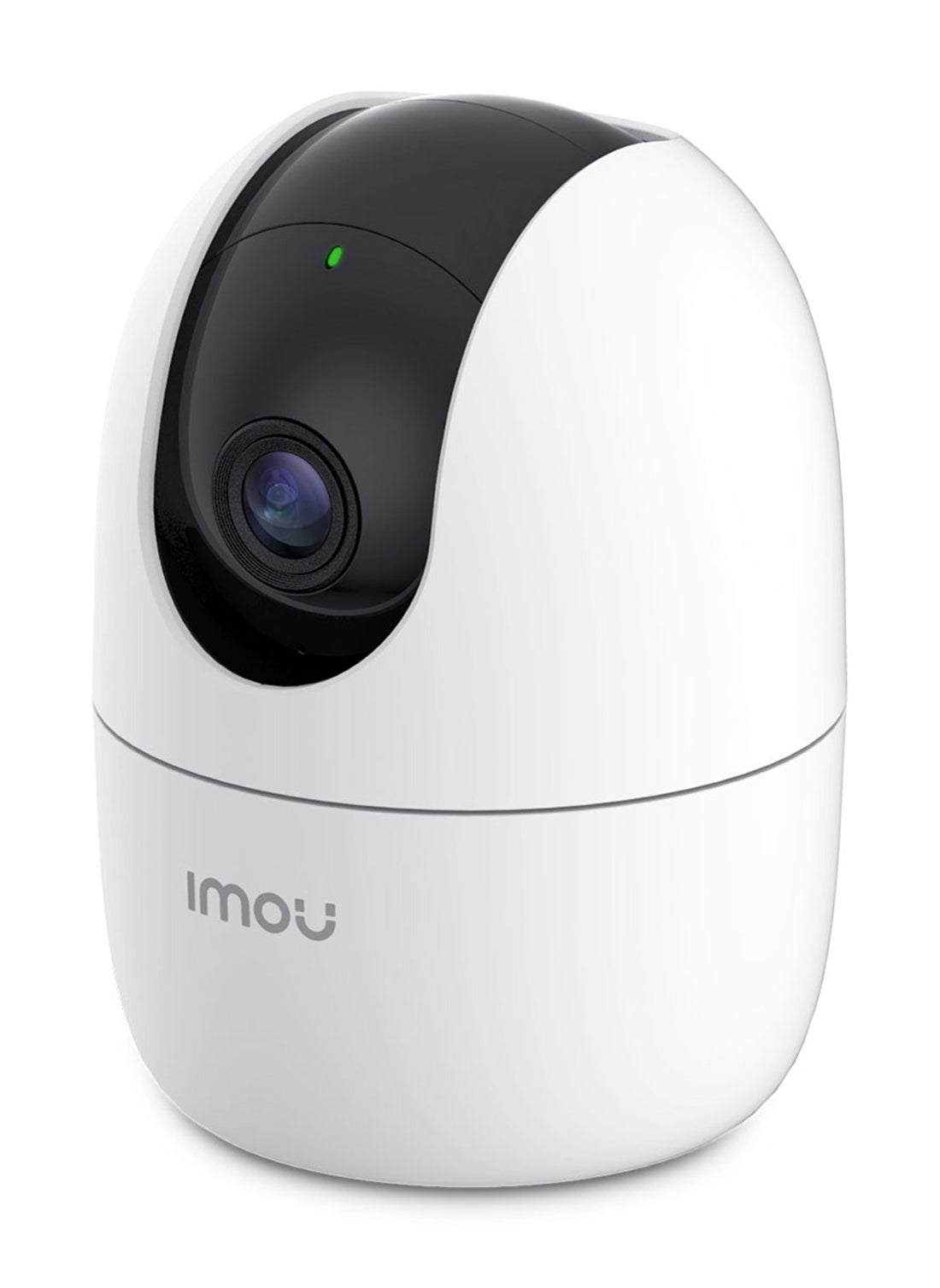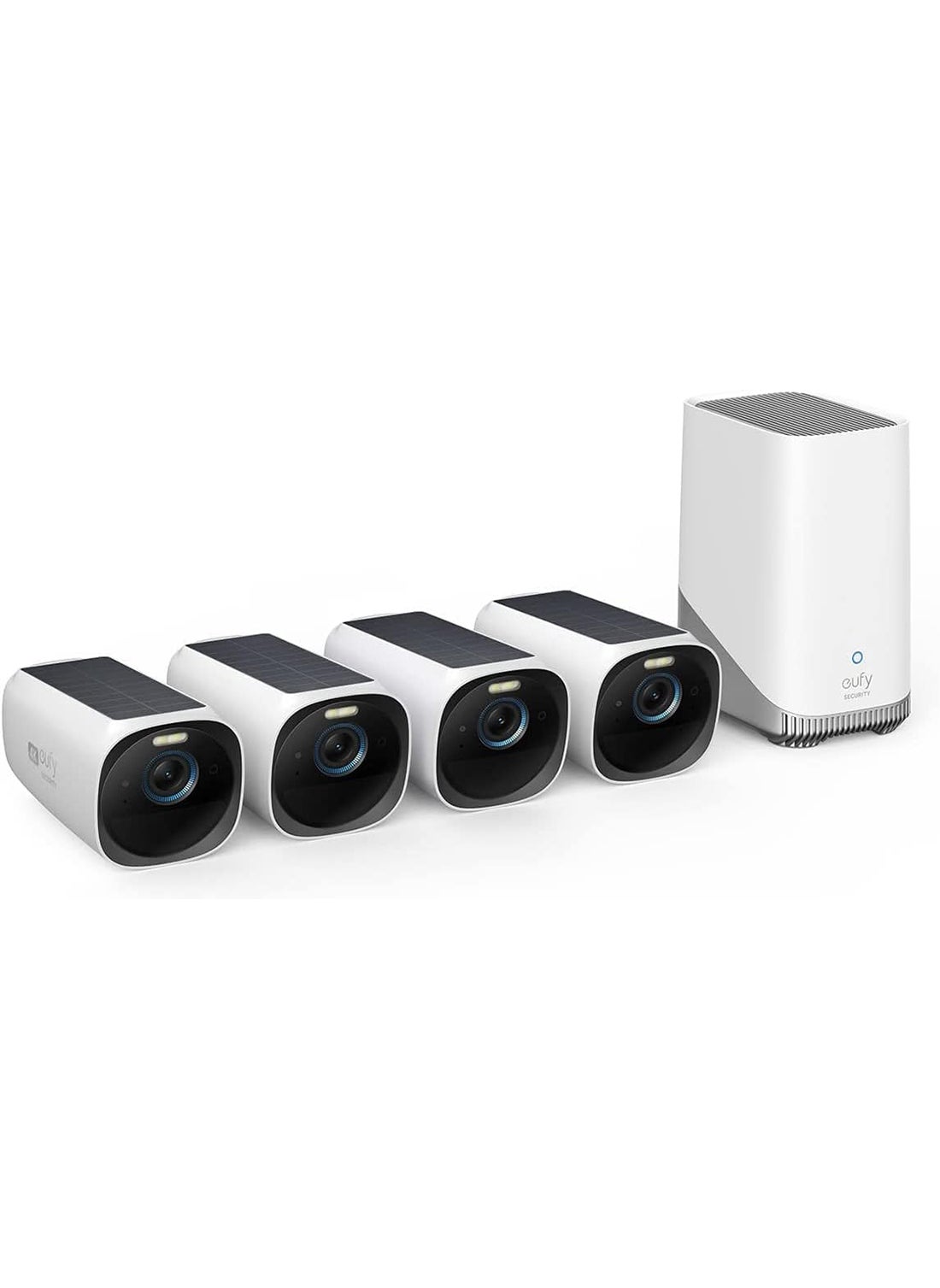Mechanic Trinocular Microscope
Now:
AED 1249.00 Inclusive of VAT
 Free Delivery
Free Delivery Only 5 left in stock
Only 5 left in stock Free Delivery
Free Delivery Only 5 left in stock
Only 5 left in stock
Get it by 30 Nov - 1 Dec

Earn AED 62.45 cashback with the Mashreq noon Credit Card. Apply now

Pay 4 interest-free payments of AED 312.25.Learn more

Split in 4 payments of AED 312.25. No interest. No late fees.Learn more




1
No warranty
Learn more
Free delivery on Lockers & Pickup Points
Learn more
Enjoy hassle free returns with this offer.

Item as Described
40%
Partner Since
4+ YearsHighlights
- Trinocular Design: Optical Tube: Features three optical tubes – two for eyepieces and one for a camera or additional imaging device. This setup allows for simultaneous viewing and capturing of images. Flexibility: The trinocular head provides the option to attach a camera or other imaging devices, making it suitable for documentation and detailed analysis. Optical System: Objective Lenses: Comes with a range of objective lenses, typically ranging from 4x to 100x magnification, providing various levels of detail. Eyepieces: Usually includes wide-field eyepieces, often 10x or 15x magnification, enhancing the viewing experience. Condenser: Equipped with a condenser lens system for improved illumination and contrast. Illumination: Light Source: Features built-in illumination, commonly LED or halogen, with adjustable brightness to provide optimal lighting for various specimens. Type: Often includes both transmitted (understage) and reflected (overstage) light sources, depending on the model, allowing for versatile viewing of different types of specimens. Focusing Mechanism: Focus Controls: Includes coarse and fine focusing controls for precise adjustment of the specimen's focal plane. Stage: Typically features a mechanical stage with X and Y-axis controls for accurate positioning of the specimen. Build and Materials: Construction: Usually built with robust materials such as metal or high-quality plastic for durability and stability. Ergonomics: Designed with ergonomic considerations, including adjustable eyepieces and a comfortable viewing angle to reduce user fatigue. Camera Integration: Camera Port: The trinocular head includes a port for attaching a camera, enabling users to capture high-resolution images or videos of the specimen. Compatibility: Compatible with various camera models and imaging systems, often including adapters or mounts for different camera types. Applications: Research: Ideal for use in research labs for studying biological specimens, materials science, and other scientific fields. Industry: Useful in industrial settings for quality control, inspection, and detailed analysis of materials and components. Accessories and Options: Filters: May include options for various optical filters to enhance contrast or perform specific types of microscopy (e.g., phase contrast, fluorescence). Additional Lenses: Some models allow for the addition of supplementary lenses or objectives for specialized applications.
Mechanic Trinocular Microscope
Added to cart
Cart Total AED 1249.00

















